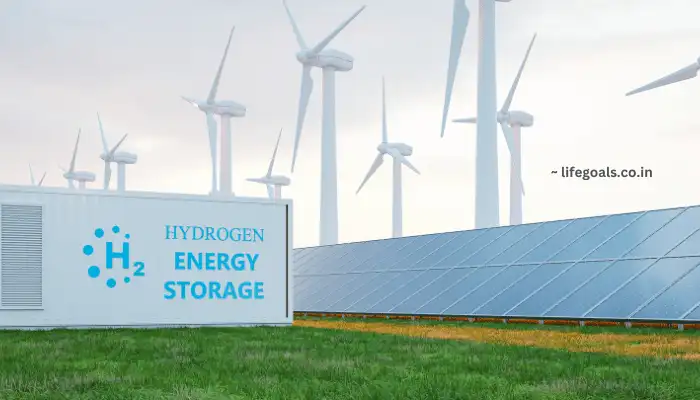The Future of Gas and Electricity: Trends to Watch in 2024
In September 2019, global financial firm UBS released a report which declare that by as soon as next year, renewables would emerge more profitable than fossil fuel. This statement marks as significant paradigm shift towards renewable energy, which is now more apparent than earliy. Solar, wind, and hydroelectric power are expanding quicker than conventional oil-based commodities in numerous regions. Through 2024, developing renewables capacities will continue expanding thanks to cost-curve declines and further technological advancements. Solar panels become more efficient by the day, and wind farms onshore AND offshore provide clean energy to our grid. With ample water resources in many geographical regions, hydroelectric power is a reliable source of electricity.

Reasons Fuel and Electricity Markets are being influenced by Renewables
The ascent of renewables is weakening both gas and electricity markets with narrower presence to fossil fuels, which translates into a reduction in greenhouse gas emissions. This time, the transition of natural gas—frequently employed as a power source to back up renewables—becomes more common on the grid. While the grid evolves with solar and wind power, electricity prices are likely to become volatile, but technology improvements in energy storage and better grid management will lessen such risks.
Government Policies and Measures for Encouraging the Use of Renewable Energy
Governments worldwide are taking measures to increase renewable energy use. By 2024, there may well be harder targets for renewable electricity generation. Tax credits and other subsidies will once again send people clamoring to put solar panels on their roofs. These policies are essential because they can guide you the processes of phasing out a fossil fuel-dependent economy by reducing reliance on non-renewable energy sources.
Smart Grid Technology
Smart Grid Definition & How it Works
A smart grid is an electric power transmission and distribution infrastructure that uses digital technology to monitor, control, and improve the systems in a better way. Smart grids can more rapidly react to variances in energy demand and supply, altering the course of action accordingly, making them more efficient and reliable than conventional grid systems. They also provide a communication link that allows utilities to better manage energy by interacting with consumers and integrating renewable sources into the previously opaque transmission/distribution/sub-metering networks.
What Smart Grids Mean to You (Consumer Benefits)
Among the more immediate benefits for consumers are reduced economic losses resultant from a power outage and being able to control how readable energy is utilized. This added visibility empowers consumers to use less electricity and saves them money on their bill. Also, smart grids facilitate dynamic pricing (power prices change based on demand), implying more efficient energy usage.
Smart Grids Renewable Integration
Smart grids are designed to efficiently integrate renewable energy sources. As the generation of solar and wind power increases, smart grids can enable the flow of clean electricity to more closely match supply with demand. In particular, they make it possible to use renewable energy far more efficiently. This integration alleviates the need for backup power from fossil fuels, thereby bringing down carbon emissions and promoting sustainability.
